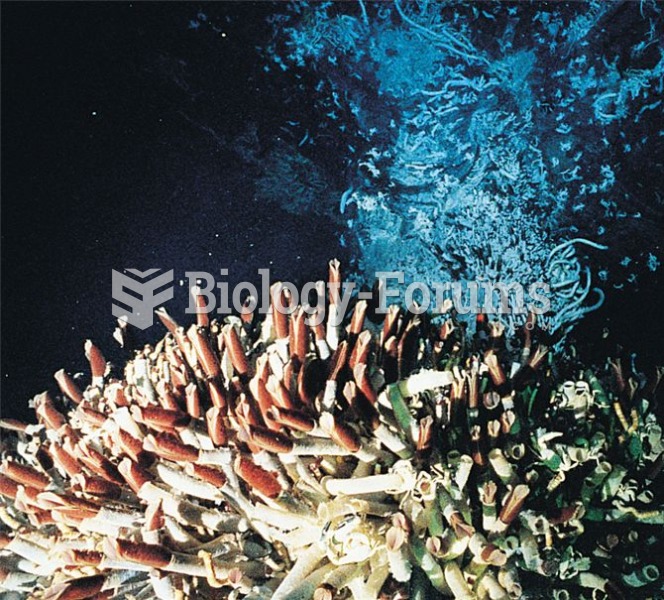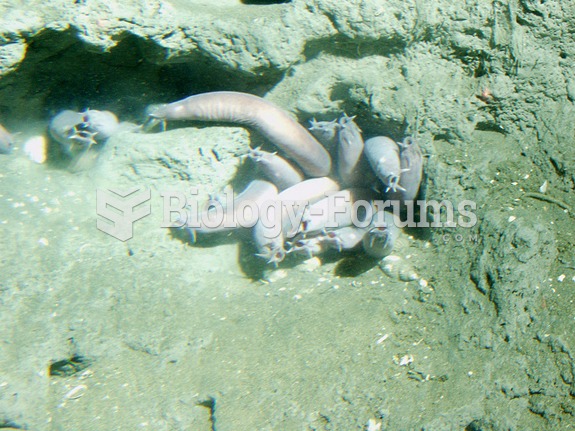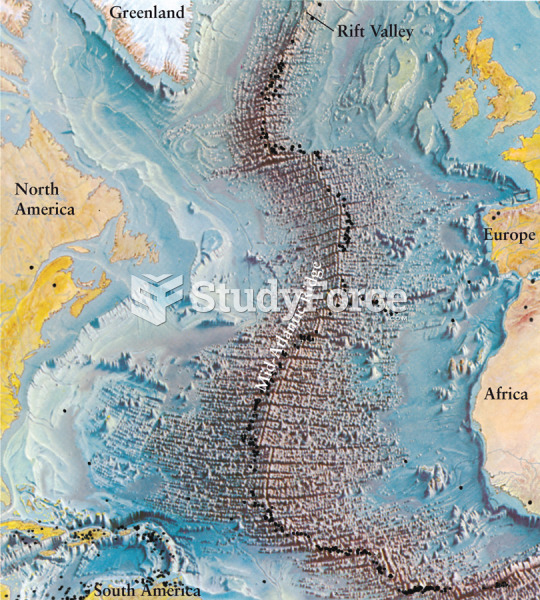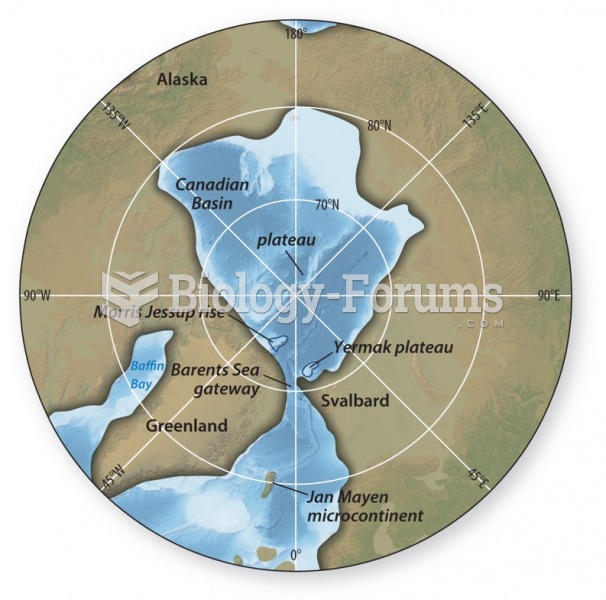Answer to Question 1ANS:Answer
should include:
The sediments in the Atlantic Ocean are thicker than those found in the Pacific. The
Atlantic is approximately 1 kilometer thick and the Pacific is less than 0.5 kilometers
thick.
There are a few reasons as to why sediments are thicker in the Atlantic. First, the
Atlantic is fed by more rivers than the Pacific. This results is that more terrigenous
sediment reaches the continental shelf. Also, the Atlantic has a smaller area for those
sediments to cover. Lastly, the Pacific Ocean has many trenches and topography that
traps sediments moving towards the basin.
The type of margin can have an effect. Active margins, such as the Pacific, are
associated with more geological activity and subsequently more bathymetric features.
These features have an effect on how sediments get distributed.
The Atlantic's passive margin is relatively flat. There are not as many bathymetric
features to trap sediments.
Answer to Question 2ANS:Answer
should include:
Sediments are able to provide a history of the world to some extents. They can provide
information on past ocean and atmospheric conditions. They can be dated to age
different layers. Sediments can be analyzed to determine the composition of the seafloor
and plate tectonic activities. The fossils inside sediments can even show the evolution of
life-forms in the ocean.
The sampling of sediments began as a rudimentary operation. The HMS Challenger
expedition used weighted, wax-tipped poles to collect sediment samples. When these
poles hit the ocean floor, the sediment would stick to the wax.
Sampling methods progressed from using wax-tipped poles. Clamshell samplers are able
to collect sediments from shallow water. This piece of equipment is an open claw that
has a mechanism that snaps the claw shut once it hits the bottom. The sediment is then
trapped inside and hoisted back up onto a ship for analysis. Due to the nature of this
device, only the surface layer of sediment is collected.
The piston corer is the machinery that revolutionized sediment sampling. This machine
is able to take deep samples of sediments from the ocean floor. In some cases, 25 meter
deep samples have been acquired. The results from these core samples facilitated two
new forms of science: stratigraphy and paleoceanography. Currently, there are even
libraries where these cores are stored so scientists can analyze them.
The use of cameras was important to studying sediments before some of the sampling
techniques were perfected. Early cameras were lowered on a cable and then trip wired to
turn on once they reached the bottom. This allowed scientists to see the sediment, even if
they could not collect it. Cameras eventually were towed behind ships and attached to
deep submersibles to generate views of even deeper depths.
Seismic profiling is being used to show thickness and layers of sediment. In some cases,
underwater mount ranges can be seen beneath a thick layer of sediment.






